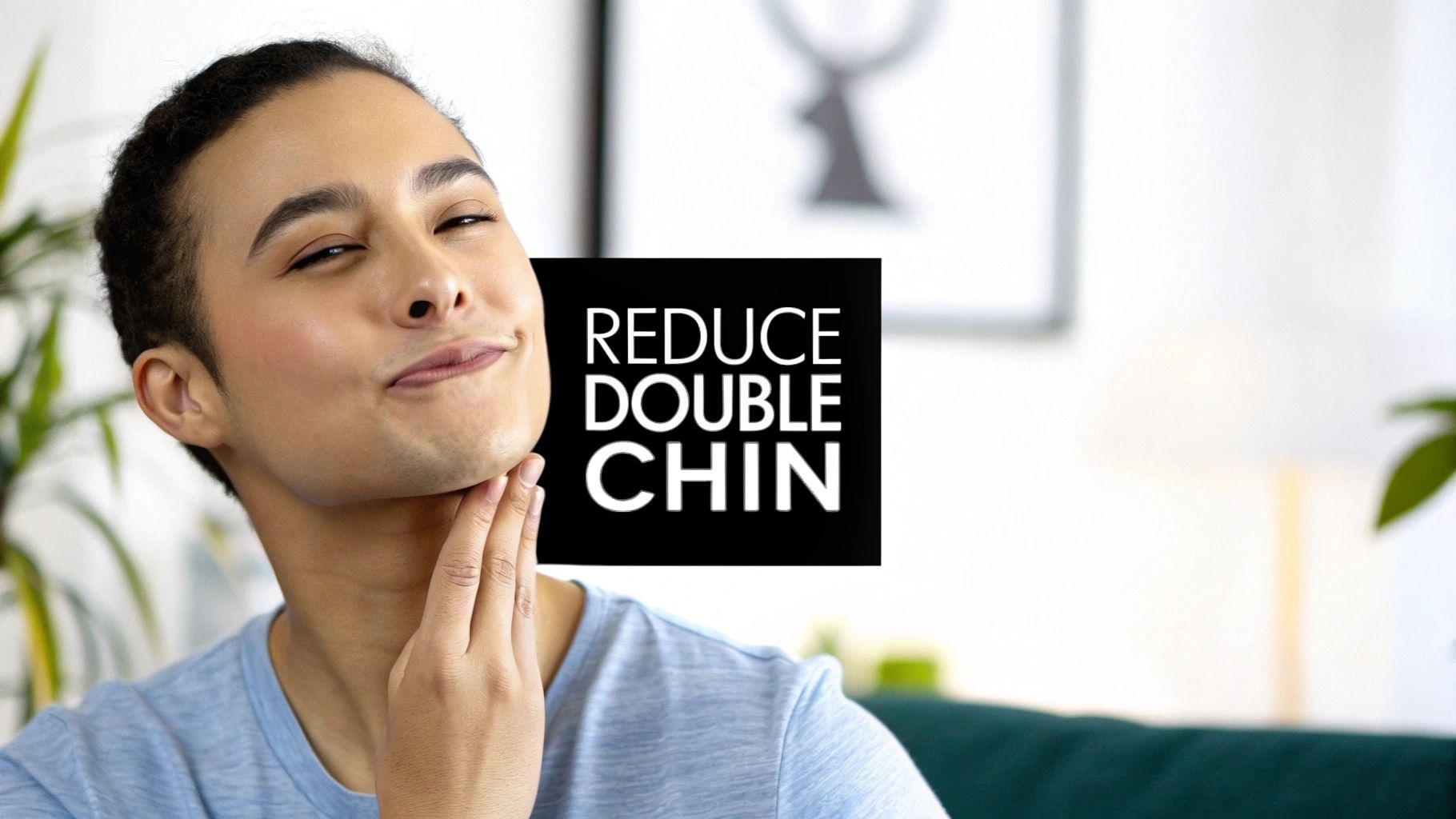
January 1, 2026
How to Reduce Double Chin: how to reduce double chin without surgery
Discover how to reduce double chin with expert-backed strategies, from exercises and lifestyle changes to the latest cosmetic options.
Aug 15, 2025

In recent decades, Botox has surged in popularity worldwide as both a cosmetic and therapeutic treatment. Its reputation for delivering swift, visible results with minimal invasiveness and downtime has made it a go-to choice for millions seeking to enhance their appearance or address specific medical conditions. But what exactly makes Botox so widely favored today? This article explores the multifaceted reasons behind Botox's enduring appeal, covering how it works, its applications, safety, demographic trends, and the societal factors fueling its demand.
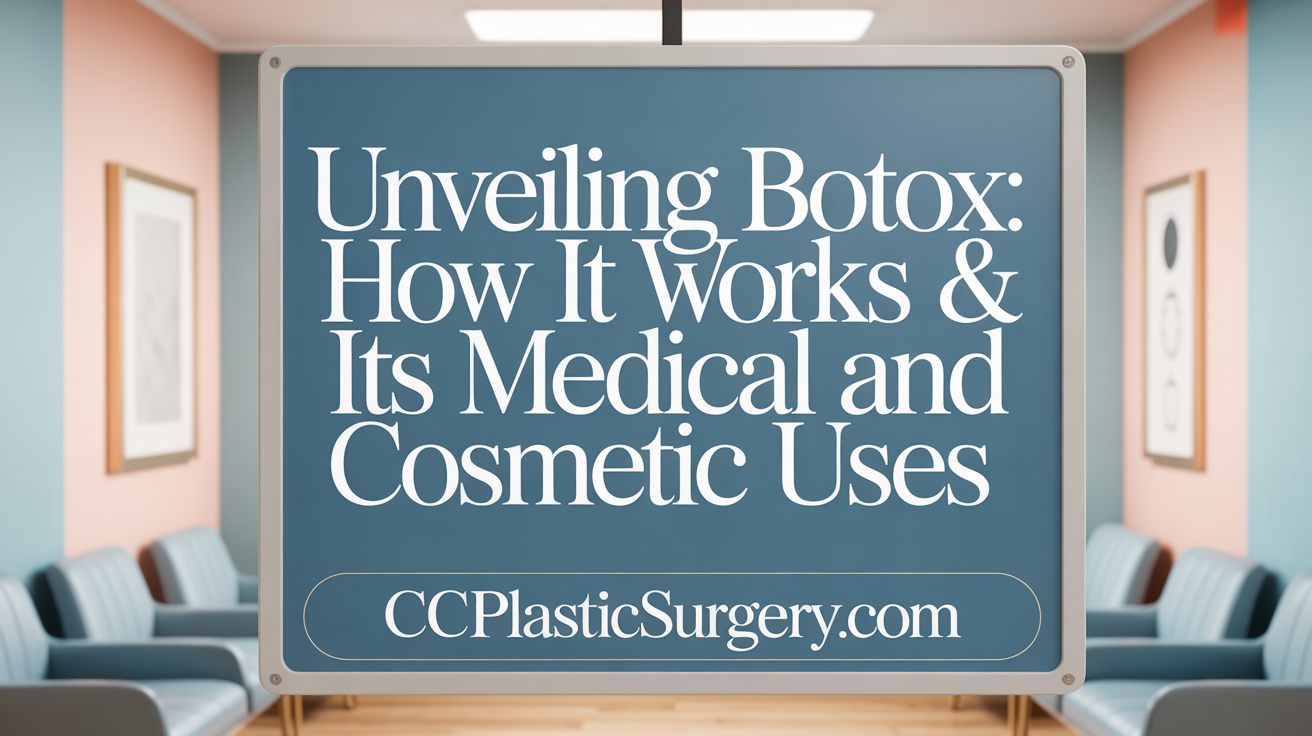
Botox, also known as botulinum toxin, is a purified protein produced from the bacterium Clostridium botulinum. In small, controlled doses, it is used both for medical treatments and cosmetic enhancements.
The primary function of Botox is to block nerve signals that tell muscles to contract. When injected into specific facial muscles, it causes temporary paralysis of those muscles. This relaxation diminishes the appearance of wrinkles caused by repeated facial movements, such as frown lines or crow's feet.
Botox works by preventing the release of a neurotransmitter called acetylcholine, which is responsible for muscle contraction. By inhibiting this chemical messenger, the muscles become less active, leading to smoother skin.
The effects usually start to appear within 3 to 5 days after treatment, with full results visible in around two weeks. The duration of its effect varies, typically lasting between 3 to 6 months, after which muscle activity gradually resumes.
In the realm of aesthetics, Botox is widely used to soften dynamic wrinkles—those caused by muscle movement—such as frown lines, forehead creases, and crow’s feet. It is also employed for additional areas including bunny lines, lip lines, neck bands, and to improve facial symmetry.
Preventative Botox is gaining popularity among younger adults aiming to delay wrinkle formation. By injecting small amounts early, individuals can soften existing lines and prevent new ones from developing.
Most treatments are quick, minimally invasive, and performed in less than 30 minutes, with no downtime, making it a preferred choice for busy lifestyles.
Beyond cosmetic purposes, Botox has significant medical uses. It is approved and used to treat conditions like chronic migraines, hyperhidrosis (excessive sweating), neck spasms, eyelid twitching, overactive bladder, and muscle spasticity related to neurological disorders.
In these cases, Botox helps by relaxing overly active muscles or blocking pain signals, providing relief from symptoms and improving quality of life.
The effects of Botox are temporary. They usually last between three to six months, after which nerve signals restore, and muscles regain strength. This reversibility allows patients to discontinue treatments if desired or to adjust the treatment plan.
Regular sessions can maintain or enhance results, but overuse or aggressive treatments may lead to unwanted effects like muscle weakness or altered facial expressions.
Summary Table:
| Aspect | Details | Additional Info |
|---|---|---|
| What it is | A purified protein from bacteria | Used for medical and cosmetic purposes |
| How it works | Blocks nerve signals to muscles | Causes temporary paralysis of targeted muscles |
| Cosmetic uses | Wrinkle reduction, facial contouring | Short, quick procedures with no downtime |
| Medical uses | Migraine, sweating, spasms, bladder issues | Improves symptoms by relaxing muscles |
| Treatment duration | 3-6 months | Repeat treatments needed to maintain results |
Understanding these aspects of Botox provides insight into why it remains one of the most popular non-surgical cosmetic and medical treatments worldwide.
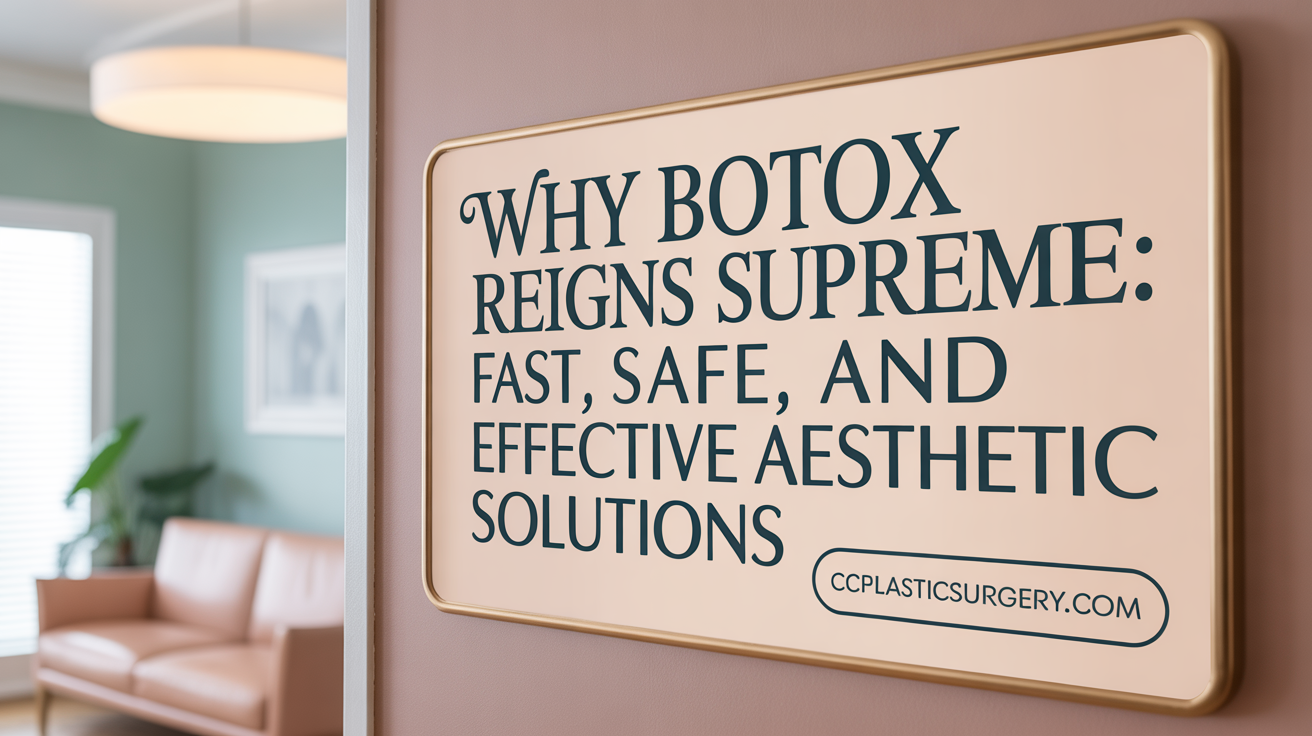
Botox has become a leading choice in cosmetic treatments largely because it delivers rapid, noticeable results that appeal to a broad audience.
One of its main attractions is the speed of effect development. Most patients see their skin appear more youthful within days after treatment, with full results typically visible within two weeks. The results are also quite effective at softening dynamic wrinkles like frown lines, crow's feet, and forehead creases, providing a refreshed appearance.
The procedure’s non-invasive nature further boosts its popularity. Unlike surgery, Botox injections involve minimal discomfort and no significant recovery time. Patients can return to their regular activities immediately after treatment, often with just a brief 15 to 20-minute session—making it an appealing lunchtime procedure.
Another factor is affordability and accessibility. Most clinics offer Botox at competitive prices, generally between £100 and £350, and many providers are conveniently located across regions, making it easy for individuals to find their nearest practitioner. The widespread experience of healthcare professionals trained to administer Botox ensures both safety and reliability.
From a safety perspective, Botox has an excellent track record. With extensive research and decades of clinical use, side effects are rare and usually minor, such as slight bruising or soreness. When administered correctly, Botox is considered a very safe option for both cosmetic and medical purposes.
Its popularity is also reflected in significant statistics. Over 4 million Americans alone received Botox treatments annually, and worldwide, about 11 million people have used it. In 2020, Botox ranked as the most common minimally-invasive cosmetic procedure in the United States, a testament to its widespread acceptance and trust.
Social media influences and celebrity endorsements have played roles in normalizing and promoting Botox, especially among younger generations seeking preventative treatments. Its reputation as a quick, affordable, and effective aesthetic solution underscores why it remains an unmatched favorite in modern beauty routines.
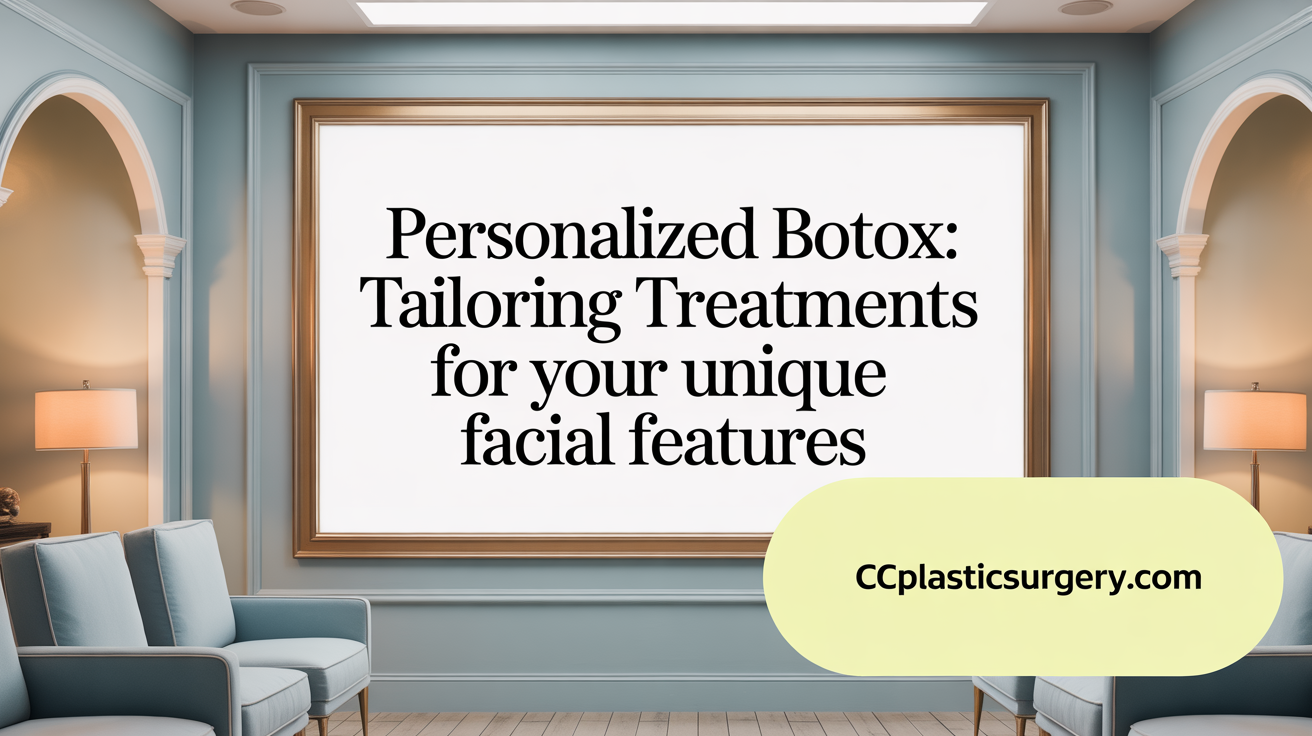
Botox is a highly versatile treatment used for both medical and cosmetic reasons. Medically, it helps manage muscle-related conditions such as spasms, including cervical dystonia, limb spasticity, and eyelid twitching. It is also effective in reducing chronic migraines, excessive sweating (hyperhidrosis), and overactive bladder. Additionally, Botox can relax muscles around the eyes and jaw, alleviating symptoms related to various neuromuscular disorders.
Cosmetically, Botox is primarily used to smooth out facial wrinkles and fine lines caused by repetitive muscle movements. Common areas include the forehead, between the eyebrows (frown lines), and around the eyes (crow’s feet). Its ability to temporarily paralyze targeted muscles helps achieve a more youthful and relaxed appearance.
The procedure works by blocking nerve signals to specific muscles or glands, offering both aesthetic and therapeutic benefits. When administered by skilled healthcare providers, Botox provides safe, effective relief from various conditions and enhances facial aesthetics.
Yes, Botox treatments are often customized according to each person’s facial structure and specific issues. Practitioners evaluate the muscles involved and design a treatment plan that targets those areas. For example, some may seek to soften existing frown lines, while others want a brow lift or smoother neck bands. This personalized approach ensures natural results and avoids an overly frozen look.
In addition, Botox can be used for off-label purposes such as facial slimming, jawline contouring, or lifting certain features. Combining Botox with dermal fillers can also address static wrinkles and volume loss, providing a comprehensive facial rejuvenation.
Botox is most frequently administered in areas expressing dynamic wrinkles. These include:

Social media platforms and celebrity endorsements have played a significant role in popularizing Botox. Influencers and celebrities frequently showcase their cosmetic treatments, normalizing procedures like Botox and making them seem more accessible and desirable. Viral trends on TikTok and Instagram, such as #botox, have helped demystify the treatment and attract a broader audience.
While Botox was traditionally associated with women, it is increasingly popular among men. In 2020, over 265,000 treatments were administered to men in the U.S. alone. Men often seek Botox to improve confidence, enhance career prospects, and maintain a youthful appearance. Since men tend to require higher doses due to thicker facial muscles, providers tailor treatments accordingly.
Despite Botox’s popularity, some of Generation Z remains hesitant. Many young Adults in their 20s prefer natural looks and are concerned about over-injecting or looking unnatural. Experts note that ideal timing involves addressing faint lines before they deepen. However, many in Gen Z focus on skincare routines and less invasive methods over early Botox use.
The COVID-19 pandemic and the rise of virtual meetings, dubbed the "Zoom effect," have contributed to increased demand for aesthetic treatments. Constantly seeing one’s face on screen has heightened awareness of facial aging and imperfections, prompting many to seek quick, non-surgical solutions like Botox.
Today, Botox is widely accepted as a mainstream cosmetic procedure. It is no longer seen as only for celebrities or extreme beauty treatments. Clinics across regions like Southern California report increased patient interest, including men and younger adults. Advances in injector techniques emphasize natural results, helping Botox maintain its popularity.
| Trend Aspect | Impact | Additional Details |
|---|---|---|
| Social Media & Celebrities | Boosts awareness | Viral videos and celebrity endorsements make Botox more desirable and normal. |
| Young Adults & Men | Expanding demographic | Over 4 million Americans undergo Botox annually; male treatments rising. |
| Gen Z Attitudes | Cautious approach | Prefer skincare and less invasive methods, wary of unnatural looks. |
| COVID Zoom Effect | Increased demand | Virtual meetings increased focus on facial appearance, driving treatment interest. |
| Mainstream Adoption | Widespread acceptance | Treatment options now include diverse age groups and both genders. |

Long-term use of Botox over two decades can provide consistent smoothing of facial lines and wrinkles, contributing to a youthful appearance over time. Because Botox temporarily relaxes specific facial muscles, many users experience a sustained reduction in dynamic wrinkles, especially those caused by repeated facial expressions. Some individuals might notice mild muscle atrophy due to disuse, which can subtly enhance a smooth facial look.
Despite these changes, Botox remains a safe and effective option for long-term use when administered by qualified professionals. Regular treatments help maintain results, and most users do not develop resistance. However, natural aging continues independently — skin thinning, loss of elasticity, and gravity effects still occur.
In terms of facial structure, ongoing Botox treatments may require adjustments to avoid unnatural expressions or asymmetry. Patients are advised to have periodic consultations to tailor their treatment plans, ensuring natural movement and preventing potential overuse issues.
While extensive research supports Botox’s safety profile over many years, it’s essential to consider individual responses, the importance of proper administration, and awareness of age-related changes to optimize long-term outcomes.
Botox's unparalleled blend of effectiveness, safety, and convenience has firmly established it as a leading choice in both cosmetic and medical fields. Its ability to deliver quick, natural-looking results with minimal downtime appeals to a broad demographic, from young adults seeking preventative care to older individuals aiming to rejuvenate their appearance. While social media and celebrity culture have normalized and popularized its use, Botox’s safety record and diverse applications underscore its legitimacy as more than just a beauty fad. As long as treatments are administered by skilled professionals and used judiciously, Botox will likely remain a cornerstone of aesthetic and therapeutic care for years to come.

January 1, 2026
Discover how to reduce double chin with expert-backed strategies, from exercises and lifestyle changes to the latest cosmetic options.
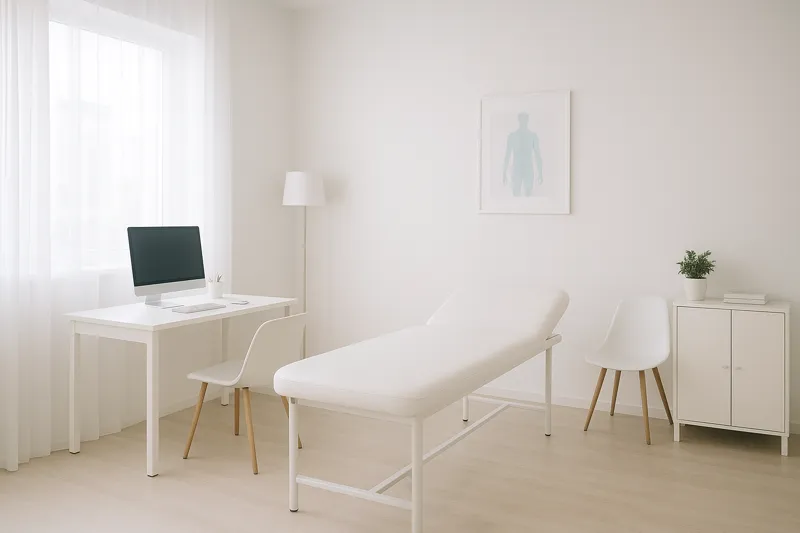
January 1, 2026
Understanding Breast Surgery: What Patients Should Know About Procedures and Recovery
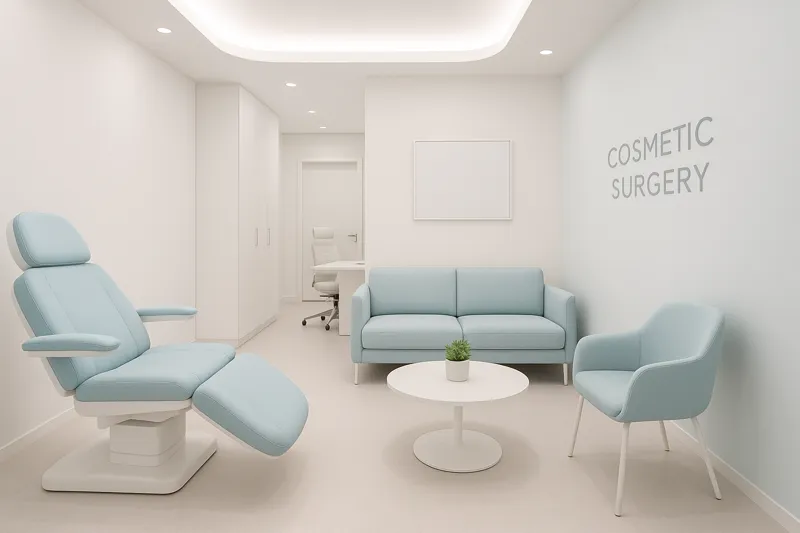
January 1, 2026
Comprehensive Insights Into Body Contouring: Procedures, Benefits, and Patient Care